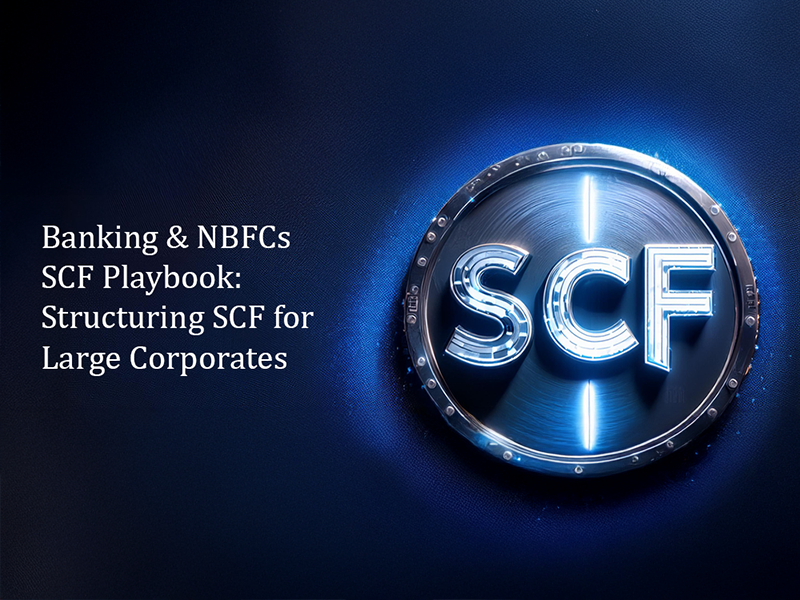Lending Security: Beyond Firewalls – DevSecOps, Threat Models & Secure Coding Practices (The BillMart Way)
“Firewalls are like seatbelts. Necessary, but not enough if the engine is leaking fuel.”
In the high-stakes world of digital lending, security is no longer a checkbox. It’s your reputation, your trust engine, and your license to scale.
Gone are the days when a few perimeter defenses and an occasional pen test could make your platform "secure." Today’s threat landscape is a chessboard, not a playground. And while attackers evolve, so must defenders.
At BillMart, we’ve embraced a bold new mantra:
“Security is not a layer. It’s a mindset woven into every line of code, deployment, and decision.”
In this article, we dive deep into how DevSecOps, Threat Modeling, and Secure Coding Practices form the holy trinity of modern lending security.
Let’s cut to the chase. Lending platforms aren’t just apps — they’re data-rich, transaction-heavy, compliance-sensitive ecosystems.
- You're processing KYC data, credit scores, banking credentials, loan documents, transaction histories, and more.
- You’re integrating with payment gateways, credit bureaus, NBFCs, RBI-regulated APIs, and other volatile endpoints.
- And most importantly — you’re managing trust.
If there's one thing worse than a breached platform, it's a breached platform with money involved.
That’s why BillMart doesn’t just rely on firewalls only. We embed security into the core of our development and operations pipeline.
Let’s decode the buzzword:
DevSecOps = Development + Security + Operations
Instead of tossing code over a wall for security audits at the end, we shift security left — right into the CI/CD pipeline.
At BillMart, DevSecOps means:
- Automated Static Code Analysis (SAST) in every commit
- Dependency scanning (no more vulnerable open-source packages hiding in the codebase)
- Secrets detection (No AWS keys in Git, please!)
- Runtime container security scans
- Infrastructure-as-Code checks (Terraform, Helm, K8s manifests)
- RBAC audits in cloud deployments
- Continuous Compliance Mapping (ISO, SOC2, RBI Guidelines)
Think of DevSecOps as having a cybersecurity expert baked into every pull request. No waiting, no silos, no surprises.
Building lending platforms without threat modeling is like building a bank without considering how someone might rob it.
At BillMart, every new feature or integration undergoes a formal Threat Modeling Exercise, involving all stakeholders — product, engineering, and security teams.
What do we map? >
- Data flow diagrams (what flows where?)
- Attack surface mapping
- Potential threat vectors like:
- ○ Credential stuffing attacks
- ○ Broken access controls
- ○ API abuse
- ○ Business logic manipulation
- ○ Data leakage in integrations
- STRIDE methodology (Spoofing, Tampering, Repudiation, Info Disclosure, Denial of Service, Elevation of Privilege)
Our rule of thumb: “If you can’t predict how it can be attacked, you’re not ready to build it.”
Security starts not with the security team — but with developers writing code with care.
At BillMart, we’ve made secure coding a first-class discipline. No feature goes live unless it meets these hygiene standards:
Secure Coding Checklist at BillMart:
- Input validation on every parameter (no SQLi, XSS sneaks here)
- Output encoding for UI layers
- Proper use of prepared statements
- JWT implementation with secure claims
- Token expiration policies & refresh cycles
- Encryption at rest and in transit
- Role-based access controls in business logic
- Logs without sensitive data
- Error handling that doesn’t expose internals
- Code peer reviews with a “security lens”
“Secure code is clean code with a trust layer.”
Most breaches today don’t exploit low-level code flaws. They abuse broken business logic.
Imagine:
- Submitting zero-value loan applications to game disbursal counters
- API-based loan churns to flood NBFC pipelines
- Circumventing underwriting through race conditions
At BillMart, our QA and Security teams actively test for Business Logic Vulnerabilities — the tricky ones that don’t show up in static scans but can cause financial and reputational damage.
Defense in Depth — A BillMart Layered Security View
| Security Layer | Examples We Implement |
|---|---|
| App Layer | Input validation, secure APIs, RBAC |
| Code Layer | SAST, secure coding patterns |
| CI/CD Layer | Secret scanning, IaC checks |
| Infra Layer | Container security, network segmentation |
| Cloud Layer | VPC peering, IAM audits |
| Identity Layer | MFA, session expiry |
| Monitoring Layer | SIEM, anomaly detection |
| Business Layer | Credit fraud checks, behavioral anomaly alerts |
We believe security is everyone’s job, not just the CISO’s.
Here’s how we keep it real:
- Security champions embedded in tech squads
- Quarterly Red Team drills
- Security training + gamified challenges for devs
- Pre-mortems before new integrations
- Vendor security scorecards
- Incident response playbooks tested monthly
“Compliance is table stakes. Real security is culture.” – That’s the BillMart principle.
Security never sleeps. At BillMart, we’re investing in:
- AI-driven threat detection engines
- Zero Trust policies across microservices
- Behavioral biometrics for transaction monitoring
- Decentralized Identity (DID) standards for KYC evolution
- Secure multi-party computation (SMPC) for collaborative credit evaluation
Because in lending, the next frontier isn’t just faster credit. It’s secure-by-design, resilient lending ecosystems.
- Firewalls are just one layer. Think deeper. Build secure code.
- DevSecOps makes security a developer’s friend, not a blocker.
- Threat modeling uncovers risks before attackers do.
- Secure coding practices are your strongest first line of defense.
- Business logic flaws can be costlier than code bugs.
- Security culture > Security checklists.
At BillMart, we don’t just lend capital. We lend with confidence, control, and credibility — because we secure every line of code as if it holds our future (because it does).
In today’s fintech world, trust isn’t won with interest rates. It’s earned through security.



